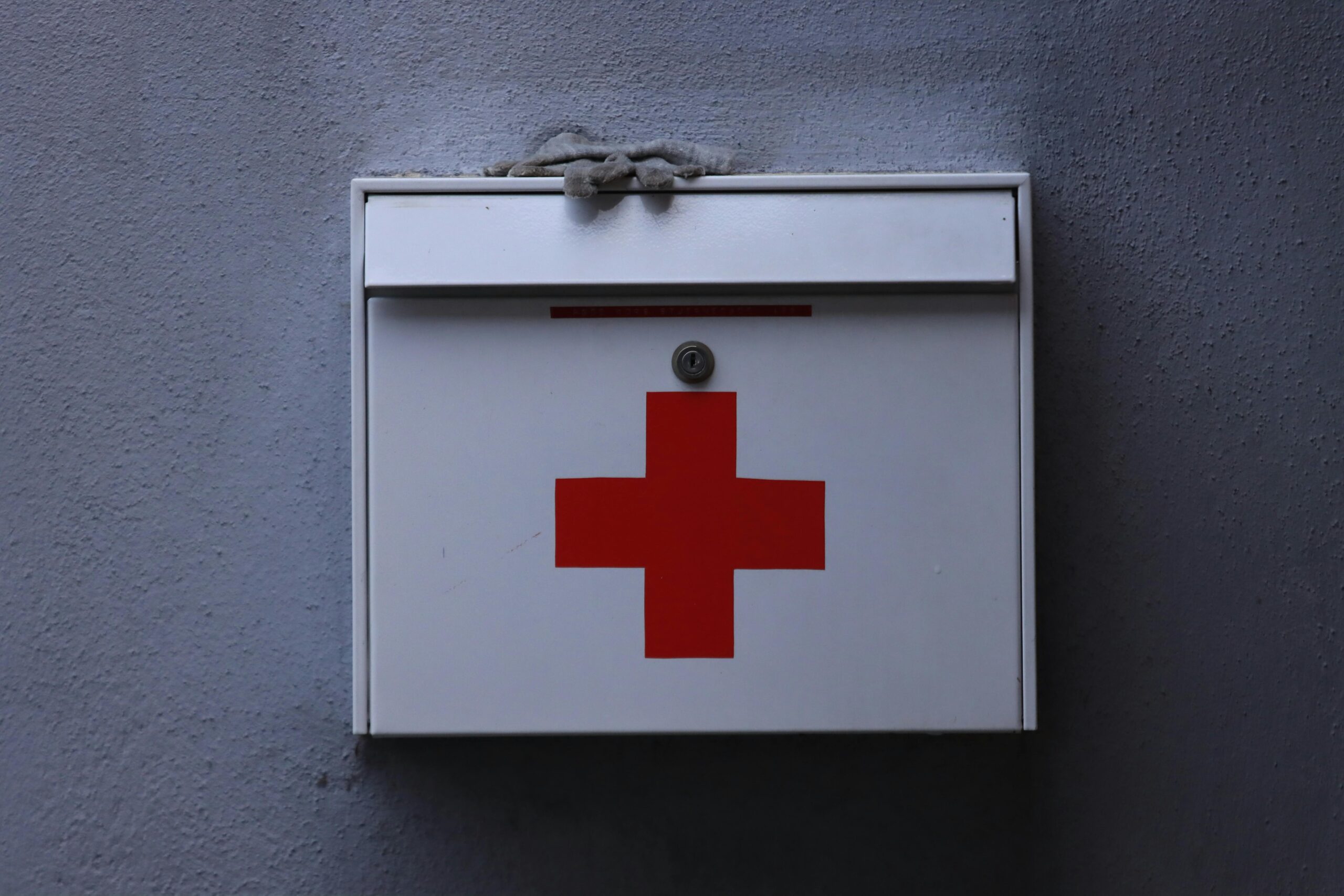Caring for wounds at home is a crucial skill that can help prevent infections and promote faster healing. Whether dealing with minor cuts, scrapes, or more significant injuries, following proper wound care procedures is essential. Wound dressing items are commonly found in first aid boxes in homes and offices.
1. Treating wounds at home starts by stopping the bleeding
For minor cuts and abrasions, apply gentle pressure with a clean cloth or sterile bandage until the bleeding stops. Elevate the wound above heart level if possible to slow down the bleeding. For more severe wounds, seek urgent medical attention if bleeding is uncontrollable.
2. Cleaning
Immediately after sustaining a wound, the first step is to clean it thoroughly. Use clean water and mild soap to gently wash away dirt and debris. Avoid using harsh chemicals like hydrogen peroxide or iodine directly on the wound, as they can damage the tissue.
3. Apply an Antibiotic Ointment
After cleaning, apply an over-the-counter antibiotic ointment to prevent infection. This creates a moist environment that promotes healing. Always use clean hands or a sterile applicator to avoid contamination.
4. Cover the Wound
Protect the wound with a sterile bandage or gauze. This keeps the wound clean and prevents bacteria from entering. Change the dressing daily or whenever it becomes wet or dirty. For larger wounds, non-stick dressings are preferable to prevent reopening the wound when changing the dressing.
5. Monitor for Signs of Infection
Keep an eye on the wound for any signs of infection, such as increased redness, swelling, warmth, or pus. If you notice any of these signs, consult a healthcare professional immediately. Fever or chills can also indicate a more severe infection that needs medical attention.
6. Maintain Hygiene
Always wash your hands before and after touching the wound or changing the dressing. This reduces the risk of introducing bacteria to the wound site.
"Avoid applying dry or moist heat to wounds, it causes poor healing and disrupts the healing process."
7. Healthy Diet and Hydration
A well-balanced diet rich in vitamins and minerals supports the body's healing process. Ensure adequate intake of vitamin C, zinc, and protein. Staying hydrated also aids in the recovery process.
8. Avoid Reopening the Wound
Minimize activities that could stress the wound or cause it to reopen. Protect the wound from friction or pressure to allow uninterrupted healing. Avoid applying dry or moist heat to wounds, it causes poor healing and disrupts the healing process.
9. Follow Up Care
For more serious wounds, follow up with your healthcare provider to ensure proper healing. They might recommend additional treatments like tetanus shots or specialized dressings.
Conclusion
Proper wound care at home is a blend of cleanliness, protection, and vigilance. By following these steps, you can ensure that your wounds heal efficiently, reducing the risk of complications. Always seek professional medical advice if you are uncertain about the severity of a wound or its treatment.
